This June 27th, Amiran Roth-Deblon, juwi’s Head of Global Business Initiatives, will provide details on the economics and applications of renewables hybrids for mines in front of an audience of 300+ senior mining and renewables experts at the 2nd Annual Energy and Mines Summit focused on renewables integration for mines.
For juwi Renewable Energies, the significance of these savings, coupled with the falling costs of battery technology, rapid advancements in hybrid technology and the low interest costs in Australia, have underlined the benefits of hybridization to the point where they cannot be ignored.
“For mines around the world, the economic case for renewables has grown tremendously in the last 24 months, and hybridization has become an important tool in achieving cash operating cost reductions,” points out Roth-Deblon.
The Positive Economics of Renewable Energy
According to Roth-Deblon, the competitive price of renewable power is a fundamental part of what makes hybridization such an attractive option for both off-grid and grid-connected mines.
In most locations, wind and solar continue to provide a lower cost of power than diesel or gas. Even in Western Australia, where gas often is cheaper than on the eastern seaboard, hybrids deliver lower power costs and greater price security than pure gas power stations.
Depending on locally available wind and solar conditions, fuel savings from hybridization can amount to more than 70%. The cost of solar modules alone has consistently fallen by more than 20%, for each cumulative doubling of global installations, since the early 2000s. This, in turn, has led to an annual cost reduction in the range of 3% to 8% year on year.
As battery storage becomes an increasingly vital part of high-penetration renewable systems, Battery Energy Storage Systems (BESS) have crossed a threshold that makes them commercially viable for power applications. A lithium-Ion battery today costs less than a quarter of what it cost seven years ago. Bloomberg New Energy Finance projects battery prices will be around 73 USD/kWh in 2040 as compared to around 250 USD/kWh in 2017.
Taking that into account, scenarios modelled by juwi indicate that, by 2030, a solar-battery hybrid system could cover 100% of the energy needs of an off-grid mine, with a project payback period of just 4.5 years. This would include the energy for electric mobile plant and equipment.
Grid-connected mines are also in a position to reap the benefits of hybridization. Renewables represent the least-cost option for many grid-tied mine operators. Currently, forward pricing for grid power in Australia is in the range of 60 to 80 AUD per megawatt hour (MWh), while the 2017 Victoria renewable energy auction set a record low fixed price for wind of 50-60 AUD per MWh over 12 years.
Reaping the Benefits of Hybridisation at DeGrussa
Cost and reliability savings without negative impacts on power quality, are fundamental to the business case for renewables. juwi’s hybrid power plant at Sandfire Resources’ DeGrussa mine in Western Australia is one such project, exemplifying the benefits of hybridization in a real-world environment.
Currently, the project is offsetting more than 450,000 liters of diesel per month, exceeding juwi’s projection of five million liters of fuel saved per year for DeGrussa. This adds up to more than 25 million liters of diesel saved within the 5.5-year contract period. Thereby, the effective reduction of the mine’s fuel consumption by 20% lowers the mines carbon dioxide emissions by 12,000 tons, per year.
According to Roth-Deblon, the addition of wind power to the mix can further increase fuel savings. “Costs for wind power have been attractive for some time now, and they continue to fall. This is driven by expanding turbine sizes and tapping into higher wind speeds above hub heights of 115m.”
“With wind we can deliver power at night as well. In Western Australia the wind can be fairly consistent and often blows strongest between dusk to dawn. This effectively complements power from solar installations,” notes Roth-Deblon.
He continues, “At sites where we also integrate wind, the mine can offset more than 75% of its fossil fuel usage. We are currently designing such solar-wind-battery hybrids for multiple sites in Western Australia.”
New Technology overcoming old barriers
Traditionally, the length of mine life has been a decisive factor in the economics of adopting renewables. As Roth-Deblon points out, “Mines that can enter into agreements for longer contract periods, let’s say for seven years or longer, have a significant advantage in procuring cheaper power. A one year longer power purchase agreement can reduce the price from solar or wind by as much as 15%.”
In Roth-Deblon’s opinion, the best way for mines with a shorter-projected mine life to benefit from hybridization is to take advantage of re-deployable power generation systems. “In order to make this lower pricing accessible to mines with shorter contract periods, two main topics need to be addressed,” he comments. “First: A reliable and efficient technical solution for re-deployment, and second, a robust commercial structure that enables re-deployment.”
However, as Roth-Deblon acknowledges, re-deployable technology is yet to be widely adopted, and the perceived risk by power station owners for securing re-deployment is still a limiting factor. “So far the industry has only seen smaller scale systems with low renewable energy contribution,” he notes.
Renewables at mines provide solid shareholder value
Adopting renewables results in lower fuel costs, lower carbon emissions and less exposure to energy price volatility. In Roth-Deblon’s opinion, these savings, coupled with recent technological advancements in battery-based and re-deployable solutions are set to overcome many of the remaining barriers to integrating renewables.
“Waiting for further cost reductions will unnecessarily decrease the available mine life and power supply contract period. This, in turn, leads to a higher power price. Therefore, investing in renewables today is financially and technically prudent,” says Roth-Deblon.
This article was written by John McCloy on behalf of the Energy and Mines Australia summit.
Energy and Mines Australia summit
The second Energy and Mines Australia summit will be held at the Pan Pacific Hotel in Perth on June 27th and 28th 2018. The event will bring together senior decision makers from the mining industry with global renewable energy experts to discuss the barriers and opportunities for energy diversification in mining.
This content is protected by copyright and may not be reused. If you want to cooperate with us and would like to reuse some of our content, please contact: editors@pv-magazine.com.
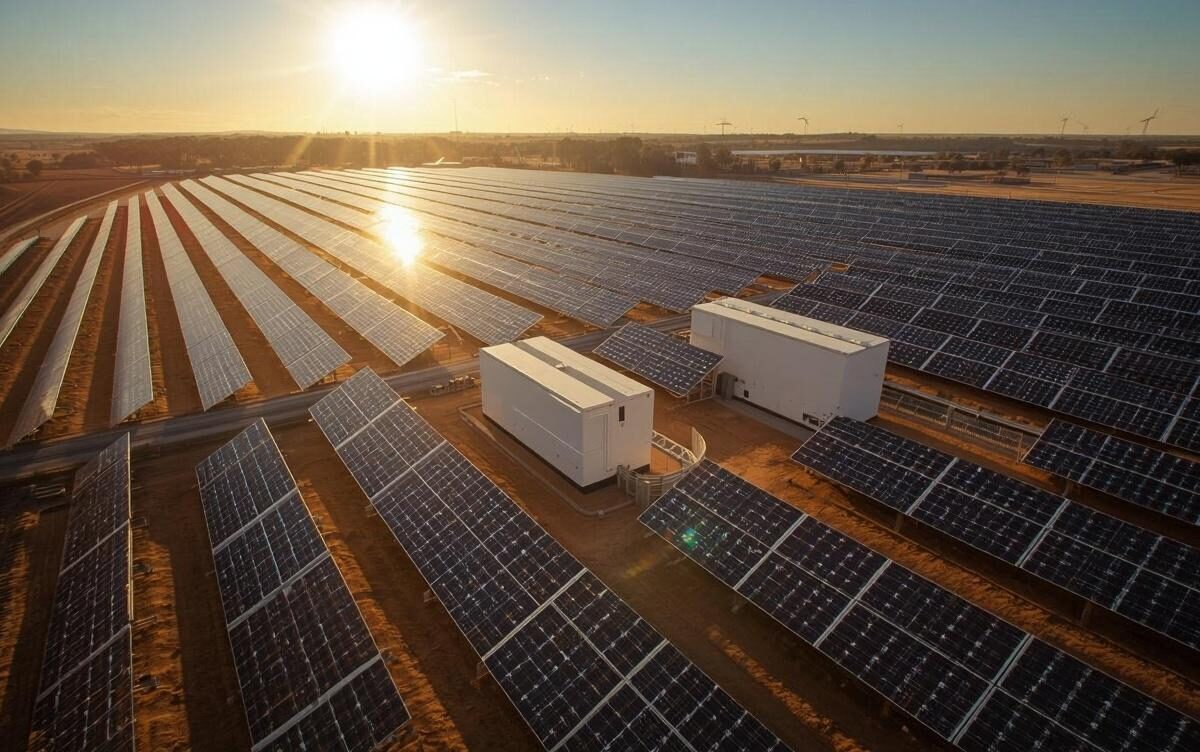


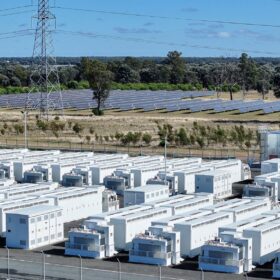

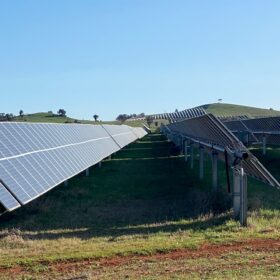
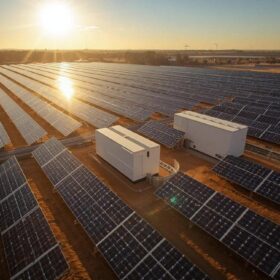
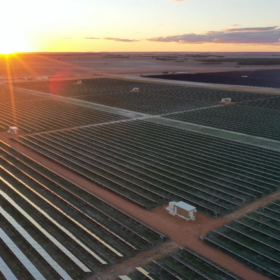
By submitting this form you agree to pv magazine using your data for the purposes of publishing your comment.
Your personal data will only be disclosed or otherwise transmitted to third parties for the purposes of spam filtering or if this is necessary for technical maintenance of the website. Any other transfer to third parties will not take place unless this is justified on the basis of applicable data protection regulations or if pv magazine is legally obliged to do so.
You may revoke this consent at any time with effect for the future, in which case your personal data will be deleted immediately. Otherwise, your data will be deleted if pv magazine has processed your request or the purpose of data storage is fulfilled.
Further information on data privacy can be found in our Data Protection Policy.